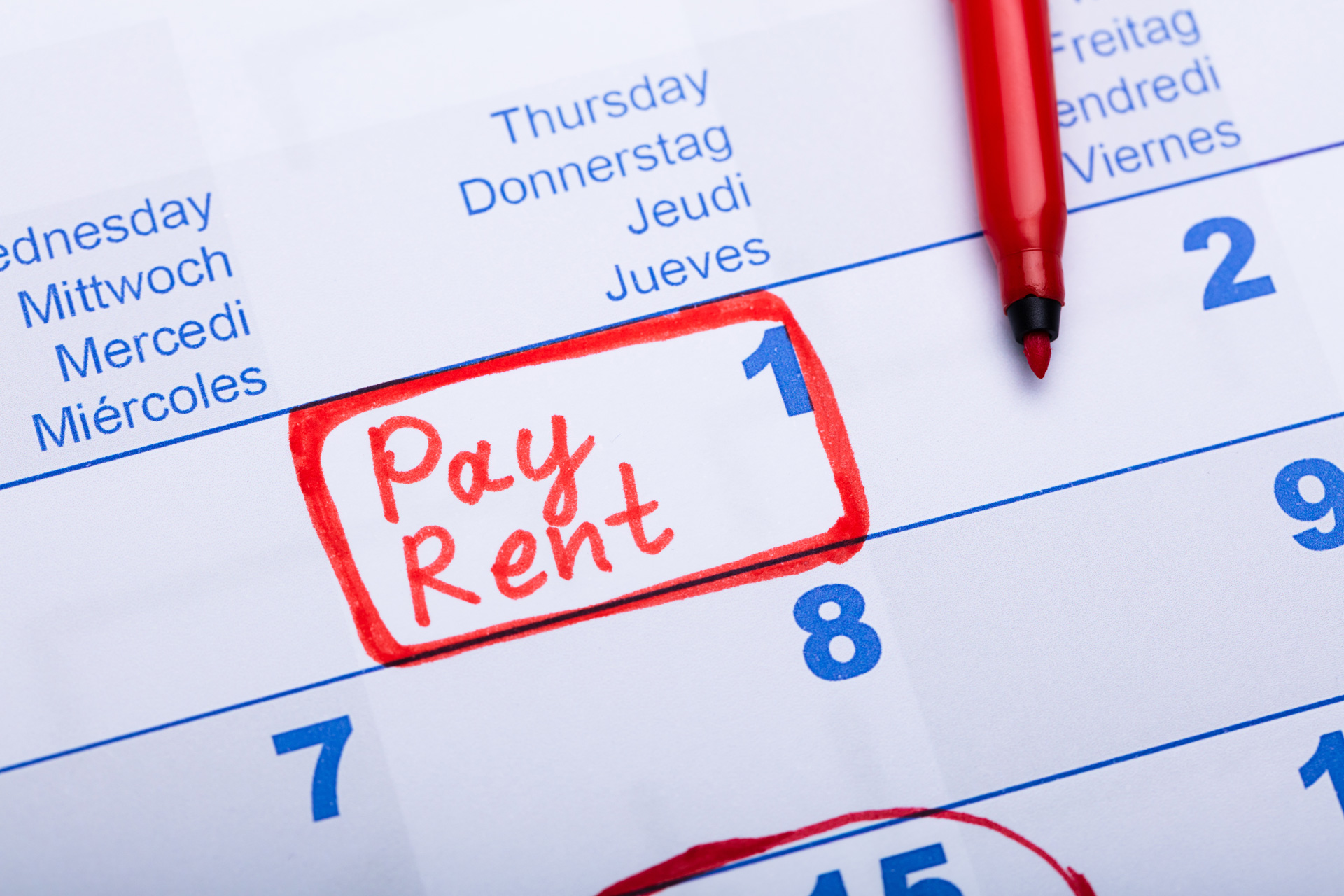If you’re a real estate investor, market fundamentals have allowed you to reap the rewards of appreciation for a decade. Year after year, even novice investors have watched as property values have increased… right alongside rental rates.
In the last 24 months, that growth went into overdrive as the single- and multifamily housing markets took off like a rocket. We watched housing values and rent growth break records in most major markets, especially the ones that had a sudden influx of new residents.
Today, however, we’re talking in new terms. Increased interest rates have made it more expensive to borrow money, which has led to a drop in demand on all consumer fronts. Stock market declines have also placed us in a bear market. This has economist speculating whether a recession is coming… or is already here.
For multifamily real estate investors, this can spark fear of lower values, lower rents and even vacancies. Fortunately, we can look to recent history to see what happens to multifamily rents during a recession.
In 2007, the white-hot single-family housing market imploded. That year, home prices dropped by an average of 1.6 percent. The following year was worse, with home prices falling by a record 9.5 percent. This was the direct result of the market being suddenly flooded with inventory after more than six million Americans lost their homes due to foreclosure. Enter the Great Depression.
But what happened to multifamily rents during that time?
Fortunately for real estate investors, demand for rentals during the Great Recession (and all recessions) typically increases as people struggle to buy a house or are unable to stay in the house that they own. And while asking rents at large investment-grade apartment propertied did drop during the Great Depression – 0.3 percent in 2008 and a more significant 4.1 percent in 2009 – they also rebounded quickly.
In fact, during a recession, apartment rents still tend to outperform other property types. They also tend to rebound quickly post-recession, often outpacing the recovery of other property sectors. By the fourth quarter of 2010, for example, rents that had fallen during the Great Recession were rising again, to the tune of 2.3 percent year-over-year (slightly higher than inflation during that same period.) Of the 64 metropolitan areas surveyed during this time, 61 of them had experienced rent increases by the end of 2010.
This is encouraging information for multifamily investors.
Even during the Great Recession, when unemployment hit a peak of 10 percent in October of 2009, most rental properties were increasing their rents again just one year later. And even at the depths of that recession, when average U.S. asking rents had dropped by 4.1 percent, it was still nowhere near the type of disruption that would cancel out cashflow.
For a property that rents at $1,500 per month, for example, a 4.1 percent reduction is only $61.50 per month. That’s hardly the type of revenue dip that would compel someone to give up on owning multifamily real estate, especially for owners who plan to hold their properties for long-term cashflow, as is the strategy of MC Companies.
Since 2000, U.S. multifamily rents have increased an average of 4.17 percent annually – even after factoring in the setbacks of the Great Recession. So while the economic forecast may look uncertain right now, there’s no reason to panic. Regardless of our point in the economic cycle, housing remains a basic need and an expense that individuals will place before virtually all others. So hold on to those multifamily investments. You’ll be glad you did.


